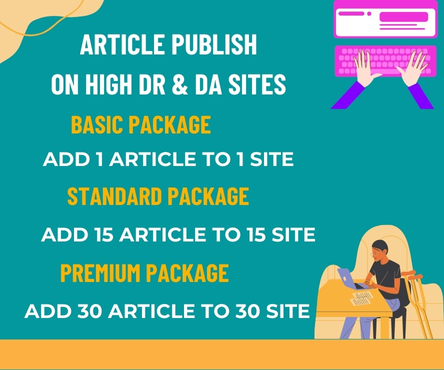Diastasis recti, a condition characterized by the separation of the abdominal muscles, is a common issue affecting many individuals, particularly postpartum women. This condition can lead to a range of symptoms, including lower back pain, pelvic floor dysfunction, and a noticeable bulge in the abdominal area. While traditional treatments often focus on surgical interventions or targeted exercises, a growing body of research suggests that a holistic approach to diastasis recti therapies can be highly effective in promoting recovery and overall well-being.
Understanding Diastasis Recti
Diastasis recti occurs when the linea alba, the connective tissue that runs between the abdominal muscles, stretches or separates, allowing the muscles to drift apart. This can be caused by a range of factors, including pregnancy, rapid weight gain or loss, or genetic predisposition. Symptoms can vary in severity, but common complaints include core instability, bloating, and discomfort.
The Limitations of Traditional Treatments
Surgical interventions, such as abdominoplasty or rectus abdominis repair, can be effective in restoring the integrity of the abdominal wall. However, these procedures carry risks and may not address underlying issues, such as pelvic floor dysfunction or core instability. Targeted exercises, such as pelvic tilts and crunches, can also be beneficial, but may not be sufficient to fully restore abdominal muscle function.
The Benefits of a Holistic Approach
A holistic approach to diastasis recti therapy considers the interconnectedness of the body’s systems and addresses the condition from multiple angles. This may include:
- Core strengthening exercises: Gentle exercises that engage the transverse abdominis muscle, such as diaphragmatic breathing and pelvic floor contractions, can help stabilize the core and promote healing.
- Manual therapy: Techniques such as massage, myofascial release, and visceral manipulation can help release tension in the abdominal and pelvic regions, promoting relaxation and reducing pain.
- Postural education: Proper posture and body mechanics can help reduce strain on the abdominal muscles and promote core stability.
- Breathwork and relaxation techniques: Stress reduction techniques, such as meditation and deep breathing, can help manage stress and promote relaxation, reducing muscle tension and promoting healing.
- Nutritional support: A balanced diet rich in nutrients, including protein, vitamin C, and omega-3 fatty acids, can support tissue repair and healing.
- Lifestyle modifications: Avoiding heavy lifting, bending, or straining can help reduce pressure on the abdominal muscles and promote recovery.
Why a Holistic Approach is Key
A holistic approach to diastasis recti therapy offers several benefits, including:
- Improved core stability: By engaging the entire core, including the pelvic floor and transverse abdominis muscles, individuals can improve stability and reduce symptoms.
- Reduced pain and discomfort: Manual therapy, breathwork, and relaxation techniques can help reduce pain and discomfort, promoting overall well-being.
- Enhanced recovery: A balanced diet and lifestyle modifications can support tissue repair and healing, promoting optimal recovery.
- Increased body awareness: Postural education and breathwork can help individuals develop greater body awareness, reducing the risk of further injury.
In conclusion, diastasis recti is a complex condition that requires a comprehensive treatment approach. By incorporating a range of therapies, including core strengthening exercises, manual therapy, postural education, breathwork, nutritional support, and lifestyle modifications, individuals can promote recovery, reduce symptoms, and improve overall well-being. A holistic approach to diastasis recti therapy offers a promising solution for those seeking to restore abdominal muscle function and achieve optimal health.

